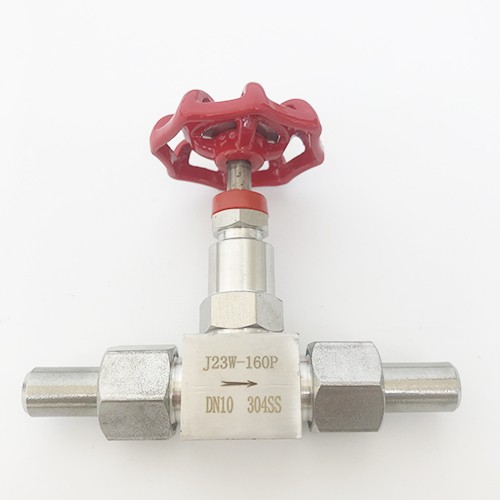Robust Electric Actuators for Industrial Heavy-Duty Applications and Automation Solutions
Heavy-Duty Electric Actuators Powering Modern Automation
In the realm of industrial automation, the heavy-duty electric actuator stands as a crucial component that facilitates a wide range of systems and processes. These robust devices convert electrical energy into mechanical motion, playing a vital role in controlling valves, dampers, and other equipment in demanding environments. As industries increasingly shift towards automation to enhance efficiency and reduce manual labor, understanding the specifications, advantages, and applications of heavy-duty electric actuators is essential.
What is a Heavy-Duty Electric Actuator?
A heavy-duty electric actuator is designed to handle high loads and demanding conditions, providing precise control in various industrial applications. Unlike standard actuators, which may be adequate for lighter tasks, heavy-duty versions are built to withstand harsh environments, including extreme temperatures, moisture, and mechanical stress. They often feature enhanced housing and components that enable them to operate reliably in such settings.
Key Features
1. High Torque Capacity Heavy-duty electric actuators are engineered to generate substantial torque, making them suitable for applications that require significant force. This characteristic allows them to handle larger valves and heavier equipment without risking breakdowns.
2. Robust Construction The materials used in heavy-duty actuators are typically corrosion-resistant and capable of enduring abrasive conditions. This durability ensures a longer service life and reduced maintenance costs.
3. Precision Control These actuators provide enhanced precision in positioning, which is critical for processes where accuracy directly impacts performance and safety. Advanced control software often accompanies these devices, allowing for fine-tuning to meet specific operational requirements.
4. Versatility Heavy-duty electric actuators can be utilized in various industries, including oil and gas, water treatment, manufacturing, and power generation. Their ability to adapt to different types of control systems makes them invaluable in a wide range of applications.
heavy duty electric actuator

Advantages of Using Heavy-Duty Electric Actuators
1. Energy Efficiency Electric actuators tend to be more energy-efficient than their pneumatic or hydraulic counterparts, especially when equipped with energy-saving features. They often require less power to operate, leading to lower operational costs.
2. Reduced Maintenance With fewer moving parts compared to hydraulic systems, electric actuators typically require less maintenance. This reduction in upkeep translates to lower downtime and increased productivity.
3. Improved Safety The absence of hydraulic fluids eliminates the risk of leaks, which can pose safety hazards and environmental concerns. Electric actuators also often come with built-in safety features that enhance operational reliability.
4. Remote Operation Many modern heavy-duty electric actuators are compatible with remote monitoring and control systems. This capability allows operators to manage equipment from a distance, enhancing control and safety in potentially hazardous environments.
Applications
Heavy-duty electric actuators find applications across multiple sectors. In the oil and gas industry, they control valves in pipelines, ensuring safe and efficient transport of materials. In power plants, these actuators regulate fan dampers and boiler controls, optimizing energy generation processes. The water treatment industry also relies on heavy-duty electric actuators to manage flow and pressure in filtration and disinfection systems.
Conclusion
The heavy-duty electric actuator has emerged as an essential player in the landscape of industrial automation. With their superior torque capacity, robust construction, energy efficiency, and adaptability to various applications, they provide a reliable solution for controlling complex systems. As industries continue to embrace automation, the role of heavy-duty electric actuators will undoubtedly expand, driving innovation and efficiency across the board. Understanding their features, advantages, and applications is crucial for businesses seeking to optimize their operations and stay competitive in an increasingly automated world.
-
3 types of check valves maintenance tipsNewsAug.23,2025
-
Ball valves types with trunnion mounted designNewsAug.23,2025
-
Butterfly valve company production capabilitiesNewsAug.23,2025
-
Fisher globe valve technical specificationsNewsAug.23,2025
-
Types of gaskets for flanges selection guideNewsAug.23,2025
-
Wedge gate valve suppliers quality standardsNewsAug.23,2025
-
Breakthrough in Domestic Low Temperature Valve Technology in ChinaNewsAug.18,2025




